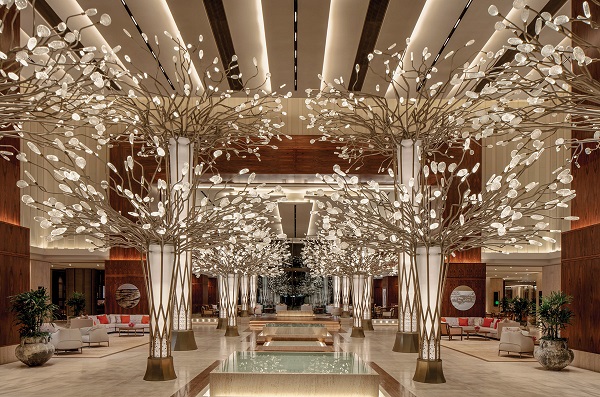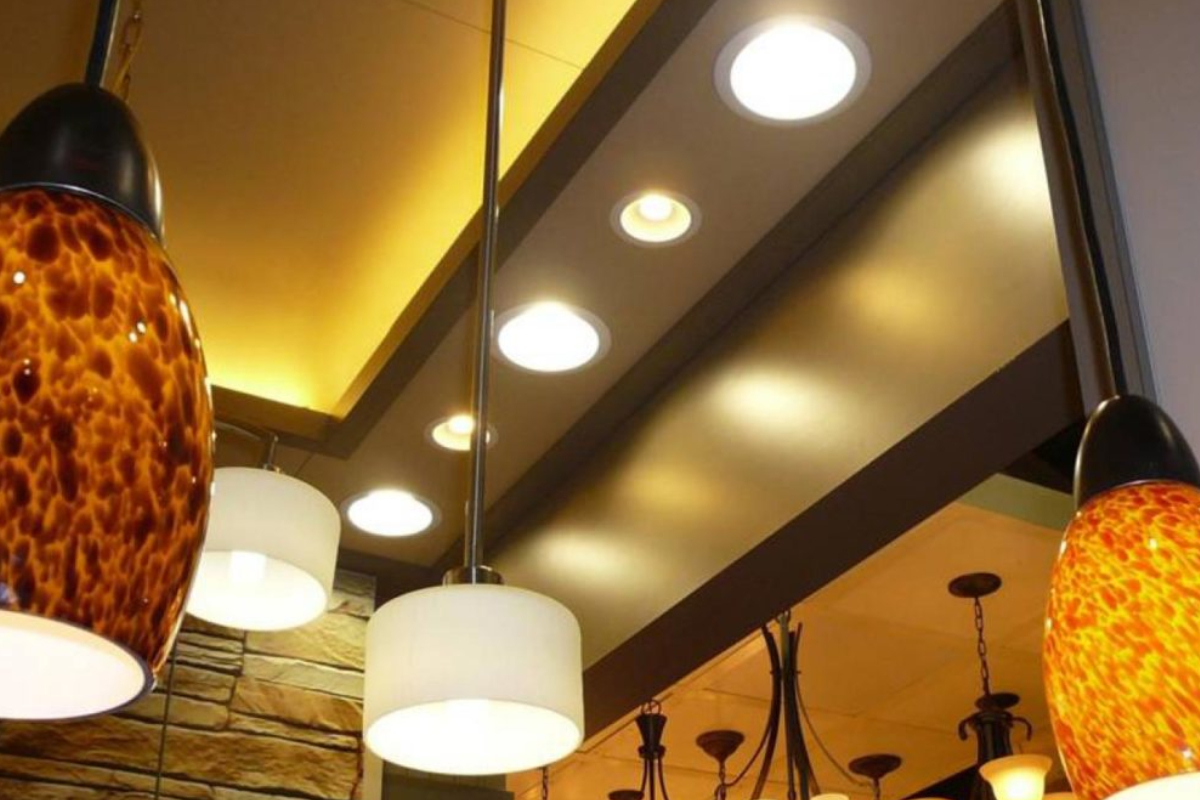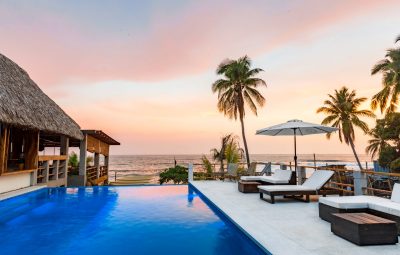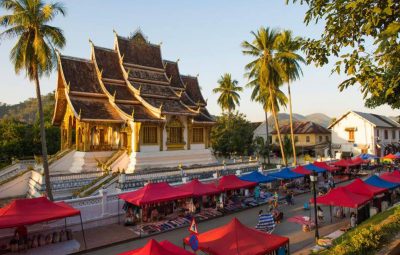Light And Lighting In Hotel
Lighting is one of the most important elements in interior design that can transform a space completely. Unlike any other, it creates new sensations and experiences and must be considered from the beginning of a project.
This article elaborates how DOT School, one of the best design colleges in Chennai , prepares their interior design students according to the future demand, especially for the hospitality industry. Find out more.
Importance Of Lighting In Interior Designs
Lighting can highlight objects in a room and improve the overall quality of the light in the room. Lighting designers combine decorative lighting with architectural lighting to achieve the best results.
Lighting is important to complete an interior design project, and a high-quality fitting with a CRI of greater than 90 will provide the most natural light. If you’re using architectural lighting in a space, you should use a slightly cooler colour temperature (2700K) for architectural lighting and a warmer colour temperature (2400K) for decorative lighting.
Use of natural light
Natural light is important for interior designers and lighting designers. It is just as important as artificial light in some ways and will impact how everything is placed. Lighting can illuminate dark spots, add radiance to a task area, or draw attention to the artwork. It is possible to use a combination of natural and artificial light.
Artificial lighting
Artificial lighting stimulates the visual senses and draws attention to specific features in a space. Artificial lighting is essential for providing general warmth, as well as for preparing meals and making drinks.
Importance Of Interior Lighting & Accessories In Hospitality Industry
Lighting is essential to creating the appropriate mood for a purchase decision and creates an atmosphere that psychologically attracts diners without realising it. Good lighting is a balance between theatrical staging and magic shows, and when it works, clients feel good and want to repeat the experience.
Lighting is essential for a well-lit workspace as well. Well-designed lighting ensures that workers can work for long periods without straining their eyes. It can transform a space and create a comfortable, dramatic and atmospheric atmosphere. Lighting is used to create a sense of depth and interest in each room, and designers combine different lighting strategies to achieve various results.
Lighting and its role in increasing guest experience in hotels. Lighting professionals Usually possess a degree from the best B Des colleges in Chennai and collaborate with interior designers or architects to create a beautiful space.
Everything You Need To Know About Hotel Interior Design
Lighting is critical to the design of a hotel lobby or room. The use of creative lighting can help to create a welcoming, comfortable, and functional environment. Lighting plays an important role in interior design, helping to create moods, create ambience, and enhance the aesthetic appeal of a room. It represents the audience that you wish to attract. The right lighting in hotel interior design is important for guests and staff. The wrong lighting can cause guests to become stressed out without realising it.
Lighting schemes in a hotel should include a combination of decorative and architectural lighting elements, and the wow factor is frequently achieved through the use of concealed lighting details. Architectural lighting combines visible and concealed lighting integrated into the architecture or joinery to create depth, focal points, and layers of light throughout the space.
Architectural lighting can be used to highlight plasterwork, illuminate columns, and guide your eyes through spaces. It can also be used to frame your view by placing uplights near the doorway or in the window sills.
When it comes to hotel interior design, psychology plays an important role. Blue and green promote relaxation, and calm, yellow stimulates conversation, and purple is a rich, deep purple. With your design choices, make it clear what each space is intended to be used for. Beautiful hotel interior design should never take precedence over functionality, especially in the guest room.

Tips To Create Exceptional Interior Designs
The hotel industry is constantly evolving, and keeping up with design and technology trends is a good place to start. Interior design apps and resources are available online to help hoteliers and homeowners create photo-realistic 3D renderings of their spaces. Here are a few more tips to make the best lighting choice for your hotel rooms.
- Lighting in hotels should be designed with the guests’ needs in mind. Warm lighting should be used in the evenings and bright white lighting in the mornings.
- If the lighting in the bathroom, closet, bedside table, and vanity mirror is adequate, guests will feel more at home in their temporary home away from home.
- In-room night lighting sensors can be activated when guests awaken in the middle of the night.
- The lighting in a hotel should be adapted to the time of day, and different scenes are recommended.
- Lighting controls allow users to create various lighting profiles, allowing them to select the most appropriate lighting conditions for the time of year or season in question. This helps improve the balance between the mind, the body, and the surrounding environment.
- Different types of lighting are used in a hotel, including high-powered pendant lighting, chandelier illuminated ceiling lighting, wall and false ceiling lighting, and others.
- Lighting should be provided along with the panel on the reception desk’s top surface.
- Lighting is important in bars and lounges, restaurants, and function rooms.
- The lighting used should be vapour proof and should have a protective cover.
- Lighting should be used in various locations along the wall, and the corridor should not be dark.
- Lighting is used to enhance the comfort and safety of a building’s occupants. It helps increase productivity, take care of potential dangers, and save energy.
- Direct lighting is the type of lighting that shines directly into the room area.
- Indirect lighting is when the lights are reflected off the ceiling or wall.
- Hotel lighting uses diffuse lighting, which is brighter than artificial illumination.
Before launching a major campaign or redesigning a website, get feedback from guests, staff, and other stakeholders by creating a mockup of a real hotel room. If you want to enhance the interior design of your hotel, you should consider displaying local art in the lobby, dining areas, guest rooms, and hallways.







